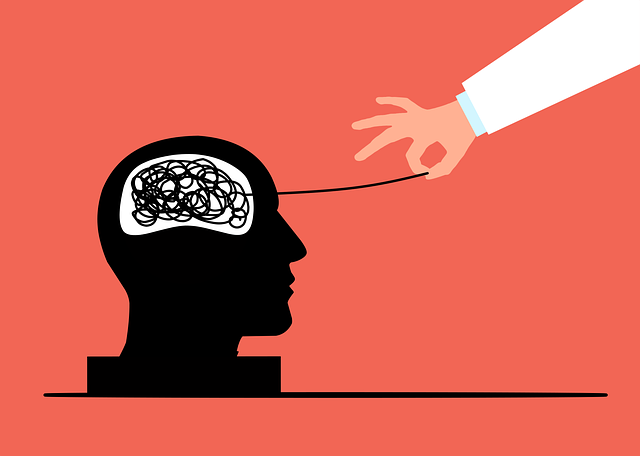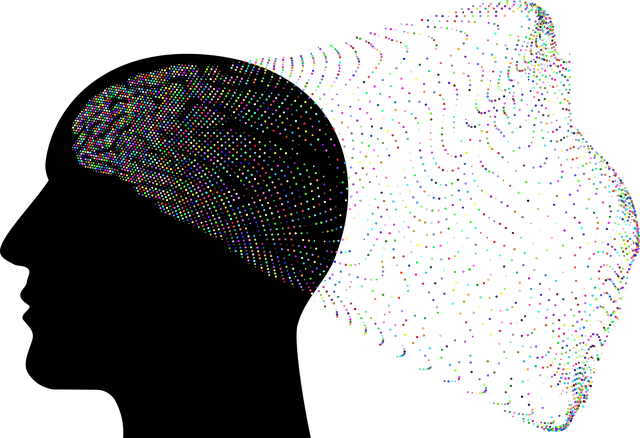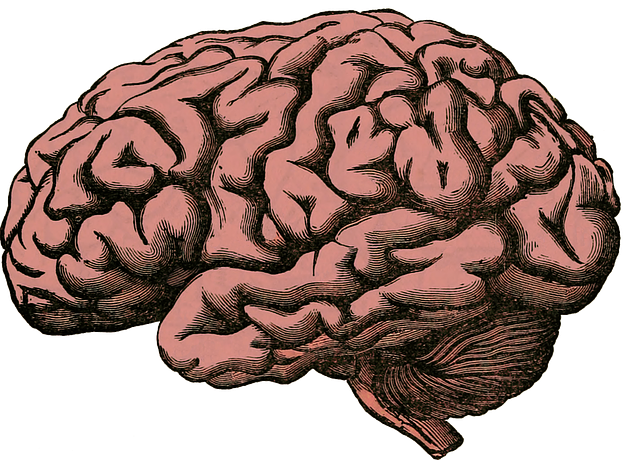Mental wellness programs, including Golden Chronic Pain Therapy (GCPT), focus on prevention, early intervention, and comprehensive support for common mental health issues. GCPT goes beyond traditional chronic pain management by addressing the interplay between physical and psychological factors through tailored evaluations using questionnaires, interviews, and qualitative data. Innovative evaluation methods are crucial to capture GCPT's holistic impacts, like mood management and cultural sensitivity. Success in GCPT is measured using Key Performance Indicators (KPIs) for quantitative assessment and qualitative feedback for program refinement, ensuring effective chronic pain management aligned with individual needs.
Mental wellness programs are essential components of holistic healthcare, especially in managing chronic conditions like pain. This article explores various evaluation methods for such programs, focusing on Golden Chronic Pain Therapy (GCPT). We delve into traditional assessment techniques, highlighting their limitations, and discuss innovative approaches to measure the effectiveness of GCPT. Key performance indicators and feedback mechanisms play a pivotal role in understanding success, ensuring tailored interventions, and improving patient outcomes in this therapeutic realm.
- Understanding Mental Wellness Programs and Their Evaluation
- Traditional Assessment Techniques for Chronic Pain Therapy
- Innovative Approaches to Evaluate Golden Chronic Pain Therapy
- Measuring Success: Key Performance Indicators and Feedback Mechanisms
Understanding Mental Wellness Programs and Their Evaluation

Mental wellness programs are designed to address various aspects of mental health and well-being, focusing on prevention, early intervention, and support for individuals dealing with common mental disorders. These programs range from therapeutic interventions like Golden Chronic Pain Therapy to community-based initiatives such as Stress Management Workshops Organization and Public Awareness Campaigns Development. The primary goal is to enhance the overall Mental Wellness, promoting resilience and coping mechanisms in individuals and communities.
Evaluation methods play a crucial role in understanding the effectiveness of these programs. By systematically assessing outcomes, researchers and practitioners can identify what works best for different populations. This involves measuring changes in symptoms, attitudes, behaviors, and overall functioning before and after program participation. Effective evaluation ensures that resources are allocated wisely and that programs are continually improved based on evidence gathered from rigorous methods, ensuring better Mental Wellness outcomes for all.
Traditional Assessment Techniques for Chronic Pain Therapy

In the realm of chronic pain therapy, traditional assessment techniques play a crucial role in tailoring interventions to individual needs. These methods often involve extensive questionnaires and structured interviews designed to quantify pain intensity, duration, and its impact on daily functioning. Psychosocial factors, including emotional regulation skills, self-care routine development for better mental health, and mood management strategies, are assessed as they significantly influence an individual’s coping mechanisms and overall mental wellness.
The Golden Chronic Pain Therapy approach recognizes the interplay between physical and psychological aspects of pain. Assessment techniques not only focus on identifying pain triggers and severity but also explore the patient’s emotional landscape, coping mechanisms, and any negative thought patterns. By integrating these insights, therapists can develop personalized programs that target both the physical and mental components of chronic pain, fostering a more holistic and effective treatment approach.
Innovative Approaches to Evaluate Golden Chronic Pain Therapy

The evaluation of Golden Chronic Pain Therapy (GCPT) programs requires innovative approaches to accurately measure their effectiveness. Traditional methods often fall short in capturing the nuanced impacts of GCPT, which may include improvements in mood management, social skills training, and cultural sensitivity in mental healthcare practice. To address this gap, researchers are exploring alternative strategies such as qualitative interviews, participant-reported outcomes, and mixed-methods designs. These innovative evaluation techniques allow for a more comprehensive understanding of how GCPT influences individuals’ daily lives and overall well-being.
By incorporating diverse evaluation methods, GCPT programs can gain insights into the unique experiences and perspectives of their participants. This not only enhances the program’s ability to identify successful interventions but also ensures that cultural sensitivity and social skills training are integral components of the therapy. Such an approach fosters a more personalized and effective treatment strategy, ultimately improving outcomes for those managing chronic pain.
Measuring Success: Key Performance Indicators and Feedback Mechanisms

Measuring success is a critical aspect of evaluating any mental wellness program, including those focused on chronic pain therapy. Key Performance Indicators (KPIs) provide a quantitative way to assess progress and outcomes. For Golden Chronic Pain Therapy programs, KPIs might include reductions in medication reliance, improved physical function measured through activity levels, and changes in depression or anxiety symptoms as gauged by standardized questionnaires. Regularly tracking these indicators allows for data-driven decisions and adjustments to the program’s design.
Feedback mechanisms are equally vital for understanding participant experiences and satisfaction. Incorporating compassion cultivation practices within mental wellness coaching programs development can foster an environment where individuals feel heard, understood, and supported. This can be measured through qualitative feedback forms or interviews post-program, where participants share their insights and perceptions about the effectiveness of the Stress Management Workshops Organization’s approach. Such insights are invaluable for refining programs and ensuring they align with the evolving needs of those seeking mental wellness support.
Evaluating mental wellness programs, particularly those focusing on Golden Chronic Pain Therapy (GCPT), requires a blend of traditional and innovative techniques. By combining established methods like conventional assessment tools with cutting-edge approaches, we can comprehensively gauge the effectiveness of GCPT interventions. Key performance indicators and feedback mechanisms play a pivotal role in measuring success and ensuring continuous improvement. Ultimately, these evaluation methods help tailor mental wellness programs to meet individual needs, fostering better outcomes and enhancing overall well-being.














